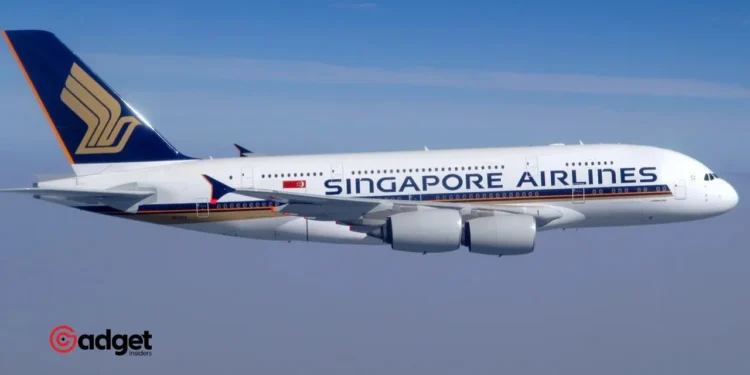In the aftermath of a harrowing flight that saw passengers injured due to severe turbulence, Singapore Airlines has swiftly moved to amend its in-flight safety protocols, a decision sparking conversations across the aviation industry about the nuances of air travel safety and the legal implications of airborne accidents.
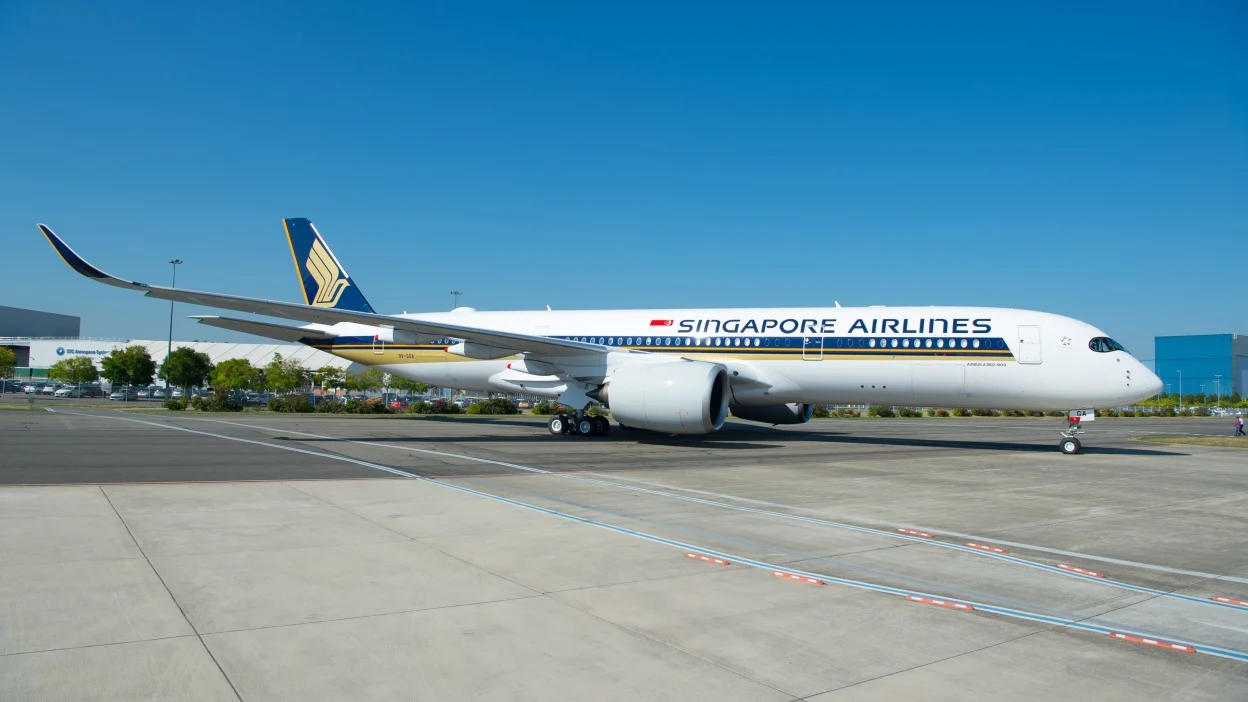
A Flight Fraught with Peril
On a seemingly routine flight from London to Singapore, passengers aboard a Singapore Airlines aircraft experienced what can only be described as a nightmare at 30,000 feet.
The severe turbulence not only led to an emergency landing in Bangkok but also resulted in injuries for numerous passengers and, tragically, one fatality. According to reports from Samitivej Hospital in Bangkok, a total of 71 passengers required medical attention following the incident.
The incident has highlighted the unpredictable nature of air travel, where even the most routine flight can turn turbulent without warning. This has prompted Singapore Airlines to take decisive action to tighten its policies regarding cabin service during periods when the seatbelt sign is illuminated.
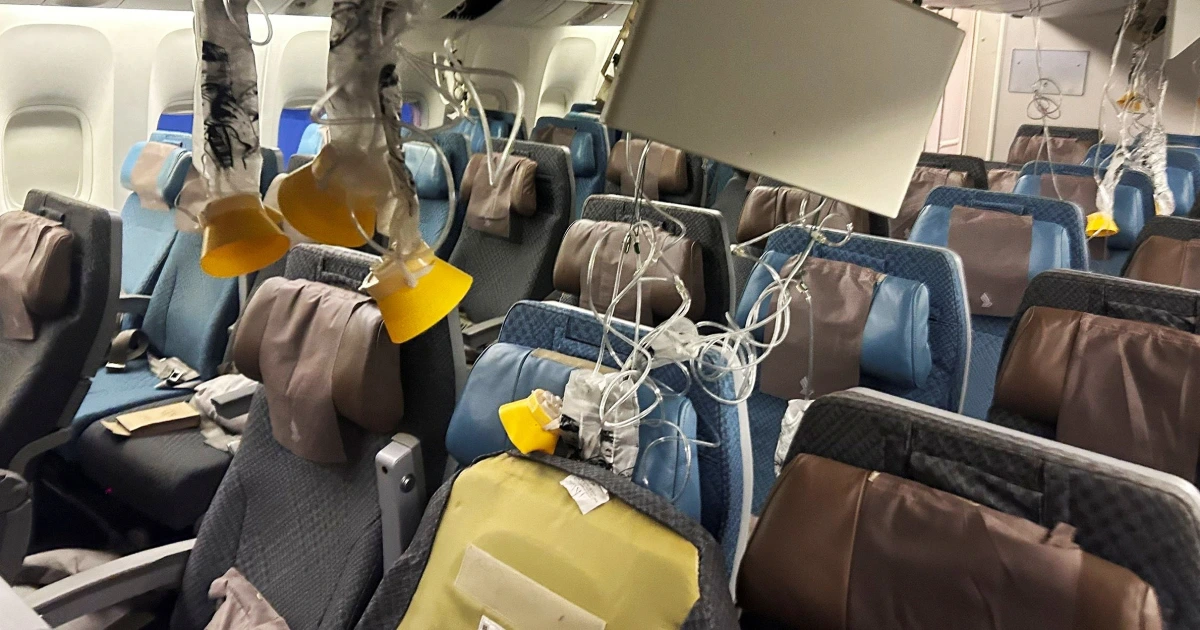
Legal Landscapes and Liability
Under the Montreal Convention, an international treaty overseeing air travel, airlines are held liable for accidents such as turbulence on international flights. This liability holds regardless of the airline’s negligence, a point underscored by U.S. aviation lawyers. Passengers injured during such incidents are entitled to claim damages up to approximately $175,000 without the airline contesting.
Mike Danko, a California attorney specializing in aviation accidents, pointed out that while airlines can attempt to limit their liability by proving they took all necessary measures to avoid the incident, such defenses are seldom successful. However, the compensation landscape is far from uniform. Danko noted, “The size of damages often comes down to the country where the case is filed and how the legal system assesses the amount of compensation.”
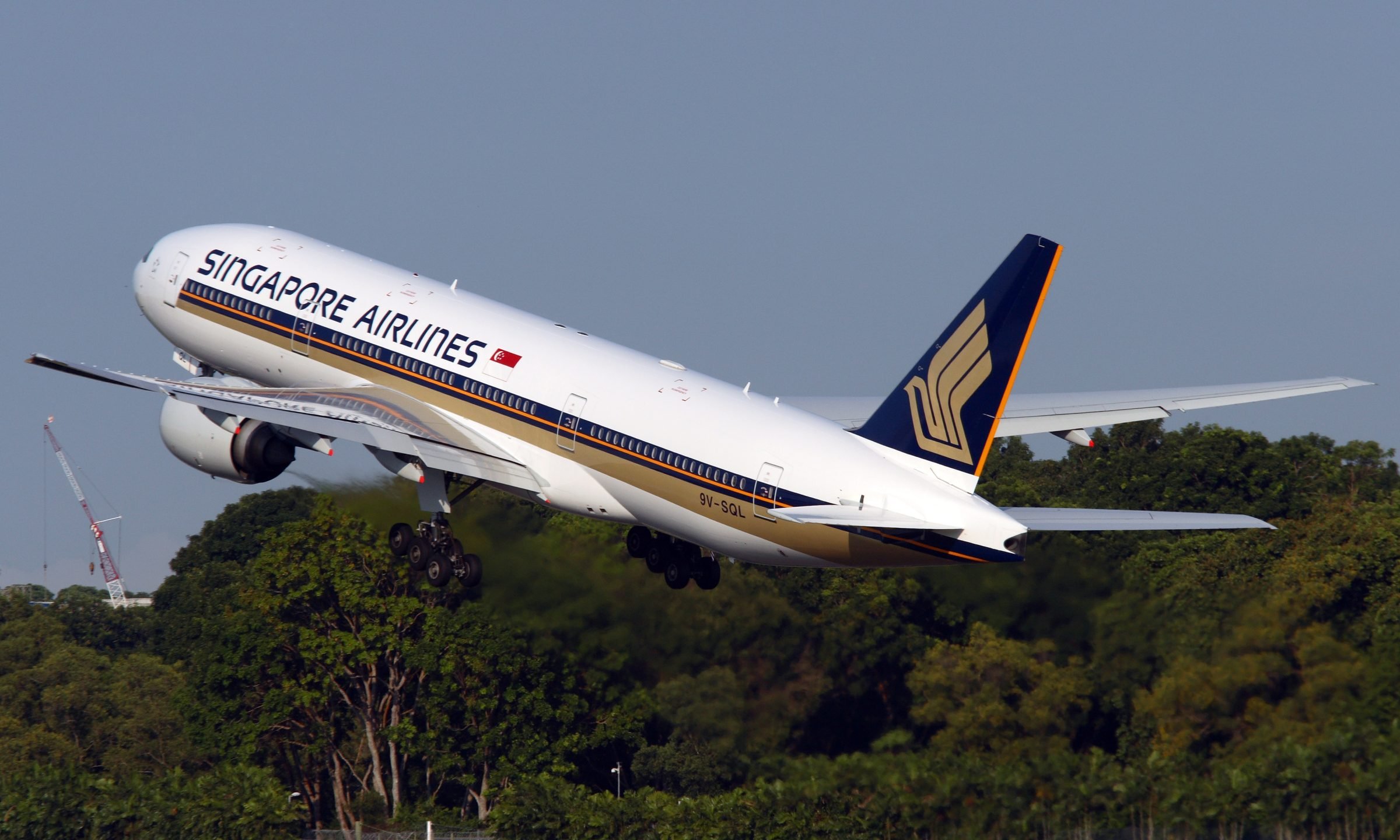
Emotional Distress and Compensation Disparities
The psychological impact of such traumatic experiences can be profound and lasting. In the United States, juries have awarded passengers over $1 million for the emotional trauma caused by severe turbulence. Conversely, many other countries offer minimal, if any, compensation for similar emotional distress, highlighting a stark disparity in how different legal systems value such claims.
Daniel Rose, an attorney with Kreindler & Kreindler in New York, elaborated on the process of determining where a claim can be filed, which can significantly influence the compensation outcome. The complexity increases with international flights involving passengers from multiple countries, as seen in this Singapore Airlines incident, where the flight carried a global passenger roster.
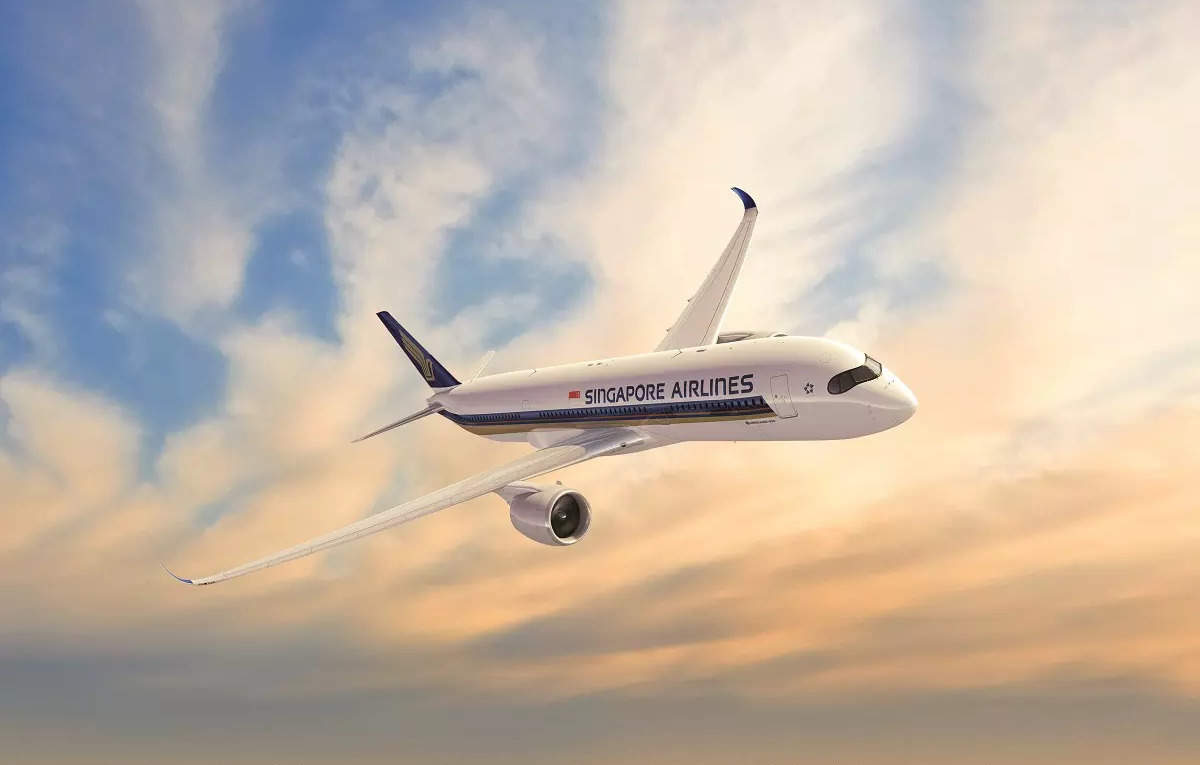
Singapore Airlines Enhances Safety Protocols
In response to the recent turbulence incident, Singapore Airlines has announced stricter safety measures, which include suspending hot beverage and meal services during turbulence and requiring all flight attendants to be seated and buckled up whenever the seatbelt sign is on. This proactive approach aims to safeguard passengers and crew against the unpredictable nature of air travel.
As the aviation industry continues to evolve, the incident serves as a stark reminder of the inherent risks associated with flying and the continuous need for stringent safety protocols. For Singapore Airlines, this episode has not only led to a reevaluation of their safety practices but also a recommitment to passenger safety, ensuring that the skies are safer for everyone aboard.

